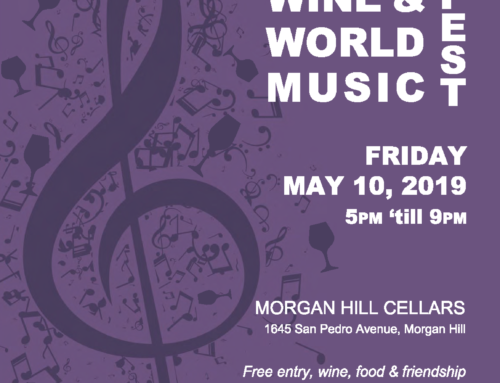By Marty Cheek

Marty Cheek
In the summer of 2013, people started dying from a mysterious illness that turned the skin a deep red tint. Writhing in agony, within days and even hours all victims would succumb to the pathogen that resulted in “the Scarlet Death.” By the end of the year, billions of people all over the world had fallen victim to the pandemic. With the sudden depopulation, human civilization came to a swift end. The few survivors lived a barren, barbaric existence on a post-apocalyptic planet.
This is the premise of a now obscure science-fiction novella titled The Scarlet Plague, originally published in London Magazine in 1912.
The story was by the Bay Area’s own novelist Jack London, famous for The Call of the Wild and other stories set in the Alaskan frontier. London’s novella takes place in the San Francisco Bay Area in the year 2073. Sixty years have passed since the plaque year, and the bulk of the book is told to the grandson of a former Berkeley professor named James Howard Smith. He realizes his life is coming to an end and he wants to impart the knowledge and wisdom of how civilization came to a tragic conclusion because of a lethal germ.
Recently, I read The Scarlet Plague because this is the year in the novel that the pandemic started. It’s not a well-written novel as far as post-apocalyptic fiction goes — Cormac McCarthy’s Pulitzer Prize-winning The Road, which has a similar premise, is by far a better book. But London hits on something in his story that I believe relates to the quality of life we enjoy today. He makes the reader speculate about how easily and quickly civilization might come crashing down because of a rapidly-spreading virus that medical institutions might not be able to control.
In The Scarlet Plague, the survivors form into various tribes, getting their names based on the regions in the Bay Area they live in. Groups include the Santa Rosans, the Palo Altans, the San Leandrans, the Carmelitos, and the San Josans.
Smith tells his grandsons of the pre-plague world he remembers where the global population is 8 billion (the real figure is about 7 billion). He describes to the boys the technology of the age, flying machines that can travel as fast as 200 miles an hour and skies filled with dirigibles. The novel’s world of 2013 was governed by a small group of powerfully wealthy elite families who controlled the global economy and society until they died of the disease.
As civilization lay ruined, chaos reigned. New York, Chicago, San Francisco and other cities were overwhelmed by bodies left in the streets. Mobs of hungry people pillaged stores and warehouses. Wide-spread murder and robbery ruled as people panicked.
London’s 1912 novel provides a warning for us today in the real year 2013 about the potential of a global pandemic to bring down our modern civilization.
In 1918 and 1919, a few years after The Scarlet Plague’s publication, the Spanish influenza spread across borders around the world and killed as many as 50 million people. Some historians say the real number might have been twice that, as much as 5 percent of the global population.
With the globalization of our 21st century world, we’re now seeing more travel by people and transportation of goods than was ever witnessed in history. And this trend is sure to rapidly increase, raising the specter of a deadly infectious disease being carried to many human hosts before it is discovered by authorities in time for them to contain the contagion.
The climate changes that come with global warming also potentially can result in migration of animals and insects into populated areas, dramatically increasing the chances of transference of a deadly germ.
It’s not too far out of the realm of science fiction to also consider that a terrorist organization might now be working in a secret lab on manipulating the genetics of a deadly pathogen to increase its efficiency in spreading and killing. Surreptitiously released in heavily-traveled transport hubs such as international airports, the modified germ could potentially infect millions in cities around the world in less than 24 hours.
People feared the Mayan’s “prediction” of the end of the world on Dec. 21, 2012. That day passed without incident. But there are real dangers for human civilization still lurking. And more likely the threat to civilization is not a terrorist in an airplane but a pathogen in our bodies.
The Scarlet Plague shows writer London’s mind speculating about how a pandemic might bring the termination of civilized society. Luckily, in the real summer of 2013 the world never faced anything as horrific as the author’s imagined Scarlet Death. Nevertheless, the threat described by London in his novel is real.






